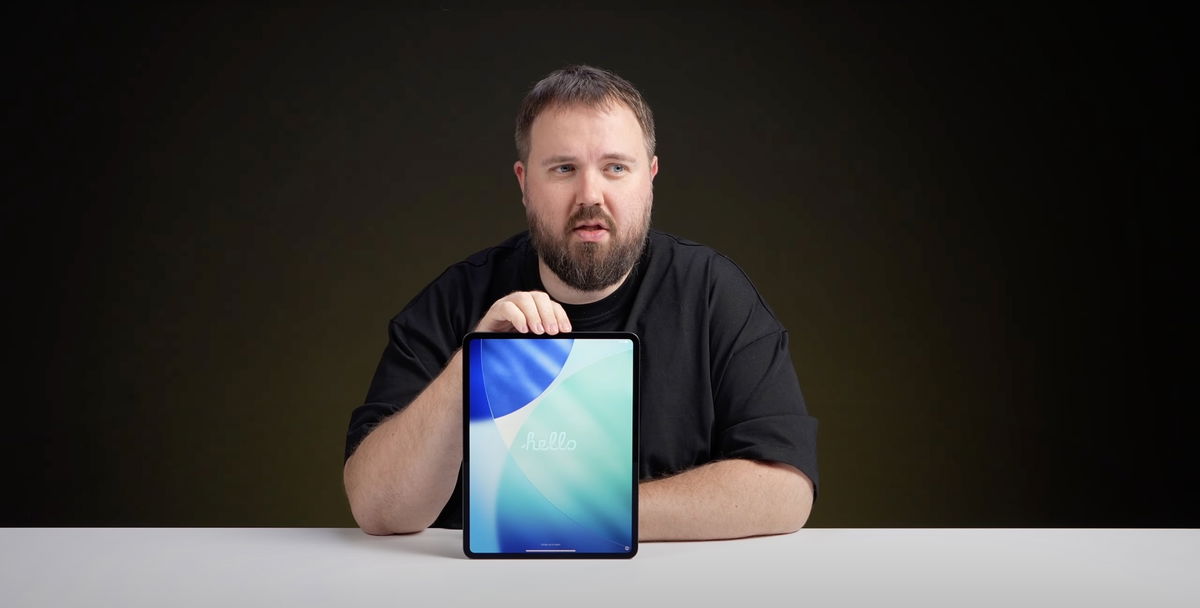The European Union has taken another step towards its goal of containing, or at least greatly reducing, e-waste with its battery law. This, in particular, is aimed at forcing manufacturers of electronic devices, and with them manufacturers of smartphones, include removable batteries in your products.
Companies’ commitment to include removable batteries is just one of seven new rules that Europe intends to set. But it is one of the most relevant. Mostly because of the complexity it puts on manufacturers. Today No smartphone can easily replace a batterysince the devices are usually made from a single piece or from materials that are not easily removed, such as glass or aluminium.
“Design portable batteries in household appliances in such a way that consumers themselves can easy to remove and replace“.
One of the seven keys to the new EU battery law.
In any case, the ability to remove the battery by consumers will bring with it significant user benefits. These include lower component replacement costs and the ability to extend the life of your device. There are still many details to be revealed and a large amount of doubt is in the air. For example, which devices and other products will be affected by this action.
Keys to the European Union’s new battery law
This, we repeat, is not the only regulation related to the new battery law. Europe also wants to force EV manufacturers to turn on mandatory labeling carbon footprint statement. The label, which must also include electric scooter or bicycle batteries, as well as all those with a capacity greater than 2 kWh. These are the rest of the provisions that will appear in the future law.
- A battery digital passport for LMT batteries, industrial batteries over 2 kWh and EV batteries.
- political due diligence for all economic operators, with the exception of SMEs, which are yet to be detailed.
- collection goals more stringent residue requirements for portable batteries: they aim to achieve 45% waste collection by 2023, 63% by 2027 and 73% by 2030; for LMT batteries: 51% by 2028 and 61% by 2031
- Minimum levels of recovered materials used batteries: lithium – 50% by 2027 and 80% by 2031 Cobalt, copper, lead and nickel components: 90% by 2027 and 95% by 2031
- Minimum levels of recycled content production and consumption waste for use in new batteries. The EU assumes that eight years after the entry into force of the regulation, at least 16% cobalt, 85% lead, 6% lithium and 6% nickel will be used. And 13 years after entry into force: 26% cobalt, 85% lead, 12% lithium and 15% nickel.
So far, the EU has reached an agreement to revise the rules on batteries and used batteries with 587 votes in favor, 9 against and 20 abstentions by MEPs. It remains to formally approve the text by the Council so that the final draft is published in the Official Journal of the European Union and the law can enter into force later, probably in 2027.
Source: Hiper Textual
I’m Ben Stock, a highly experienced and passionate journalist with a career in the news industry spanning more than 10 years. I specialize in writing content for websites, including researching and interviewing sources to produce engaging articles. My current role is as an author at Gadget Onus, where I mainly cover the mobile section.












